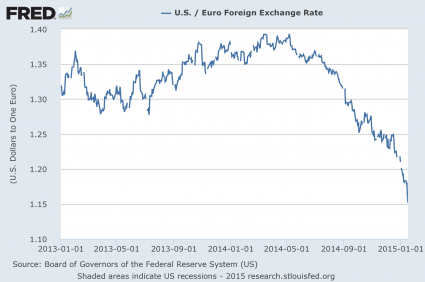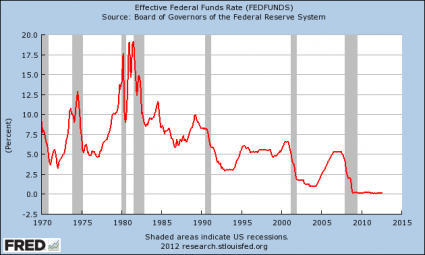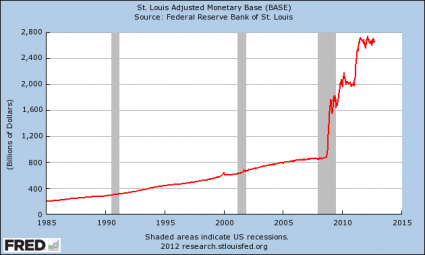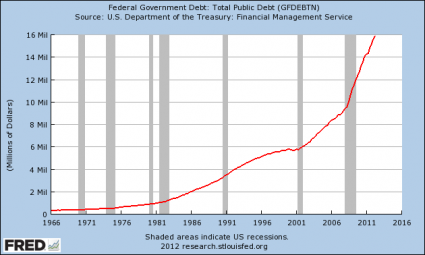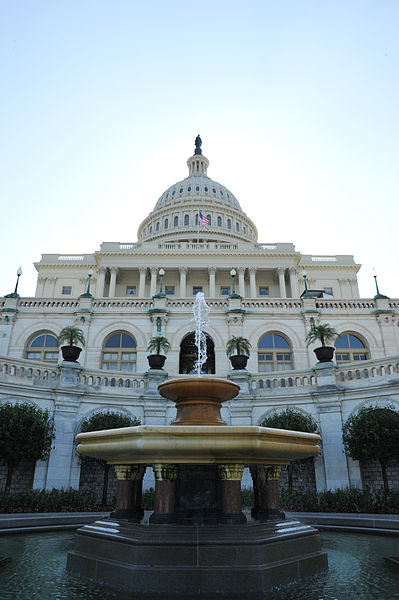 Margaret Thatcher once said that the big problem with socialist governments is that “they always run out of other people’s money”, and unfortunately we are witnessing this play out in a major way in the state of Illinois right now. At this point, the Illinois state government has more than 15 billion dollars of unpaid bills. Yes, you read that correctly. They are already 15 billion dollars behind on their bills, and they are on pace to take in 6 billion dollars less than they are scheduled to spend in 2017. It is the worst financial crisis in the history of Illinois, and State Comptroller Susana Mendoza sounds like she is about ready to tear her hair out in frustration…
Margaret Thatcher once said that the big problem with socialist governments is that “they always run out of other people’s money”, and unfortunately we are witnessing this play out in a major way in the state of Illinois right now. At this point, the Illinois state government has more than 15 billion dollars of unpaid bills. Yes, you read that correctly. They are already 15 billion dollars behind on their bills, and they are on pace to take in 6 billion dollars less than they are scheduled to spend in 2017. It is the worst financial crisis in the history of Illinois, and State Comptroller Susana Mendoza sounds like she is about ready to tear her hair out in frustration…
“I don’t know what part of ‘We are in massive crisis mode’ the General Assembly and the governor don’t understand. This is not a false alarm,” said Mendoza, a Chicago Democrat. “The magic tricks run out after a while, and that’s where we’re at.”
It’s a new low, even for a state that’s seen its financial situation grow increasingly desperate amid a standoff between the Democrat-led Legislature and Republican Gov. Bruce Rauner. Illinois already has $15 billion in overdue bills and the lowest credit rating of any state, and some ratings agencies have warned they will downgrade the rating to “junk” if there’s no budget before the next fiscal year begins July 1.
Would you continue to do work for the Illinois state government if you knew that they were this far behind on their bills and that it is doubtful that you would be paid any time in the foreseeable future?
Of course the answer to that question is quite obvious. As contractual relationships break down, social services are starting to suffer, and there is not much hope that things will take a turn for the better any time soon.
At this point things have gotten so bad that the Illinois Department of Transportation is planning to cease all roadwork starting on July 1st, and even the Powerball lottery is threatening to cut all ties with the state…
As reported previously, the state Transportation Department said it would stop roadwork by July 1 if Illinois entered its third consecutive fiscal year without a budget – the longest such stretch of any US state – while the Powerball lottery said it may be forced to dump Illinois over its lack of budget. For now, state workers have continued to receive pay because of court orders, but school districts, colleges and medical and social service providers are under increasing strain.
So what has caused this unprecedented crisis?
At the core, the problem is political. A tense standoff between a Republican governor and a Democratic legislature has resulted in the state going 700 days without a budget…
On May 31, Illinois will have gone 700 days without a budget, an unprecedented political failure. Also on May 31, if a budget is not passed, it could mean that the state could go until 2019—an unimaginable idea, except that senators have already imagined it.
How does a state, led by a successful businessman as governor, a brilliant political strategist in the House, and a consummate dealmaker in the Senate, end up in this kind of political disorganization? Bad political errors led to bad political incentives, and as the problem worsened, so did the political risk of solutions—and what politicians had to ask of their constituents.
This is another example of how deeply divided we are as a nation right now. Democrats hate Republicans and Republicans hate Democrats, and it is getting to the point where the two parties cannot work together on even the most basic things.
In the end, the state of Illinois is either going to have to cut spending dramatically, raise taxes substantially or some combination of both. And since the Democrats have very large majorities in both chambers of the state legislature, I wouldn’t count on spending being cut that much.
This is the thing with big government – it always has a tendency to get even bigger. And the bigger government gets, the more of our money and the more of our freedom it takes away.
That is why I am a huge advocate of dramatically shrinking the size of government on the federal, state and local levels. Like Rand Paul has often said, I want a government so small that I can barely see it.
When you let government get out of control, what you end up with is a ravenous beast that has an endless appetite for more of your money. In Illinois, the money is all gone and the beast is desperately hungry for more.
Sadly, what is happening in Illinois is just the tip of the iceberg. If stock prices start declining from these massively inflated levels, state pension funds all over America are going to be in crisis mode very rapidly. And a new recession would greatly accelerate the financial problems of a whole bunch of states that are already dealing with huge budget shortfalls.
Unfortunately, experts all over the country are warning that the next major downturn is coming very quickly. For example, just consider what Bernard Arnault just told CNBC…
A financial crisis could be just around the corner, according to the chief executive of LVMH, who has described the global economic outlook as “scary”.
“For the economic climate, the present situation is…mid-term scary,” Bernard Arnault told CNBC Thursday.
“I don’t think we will be able to globally avoid a crisis when I see the interest rates so low, when I see the amounts of money flowing into the world, when I see the stock prices which are much too high, I think a bubble is building and this bubble, one day, will explode.”
There is always a price to pay for going into too much debt.
A financial day of reckoning can be delayed for a while, but eventually bad financial decisions are going to catch up with you. The state of Illinois is learning this lesson in a very harsh manner right now, and the country as a whole is on the exact same path as Illinois.
I am often criticized for endlessly warning about America’s coming day of reckoning, but you can’t pile up the biggest mountain of debt in the history of the world without paying a price.
Just like the state of Illinois, we will pay for decades of exceedingly foolish decisions, and unfortunately this is going to cause severe economic pain throughout our entire society.



